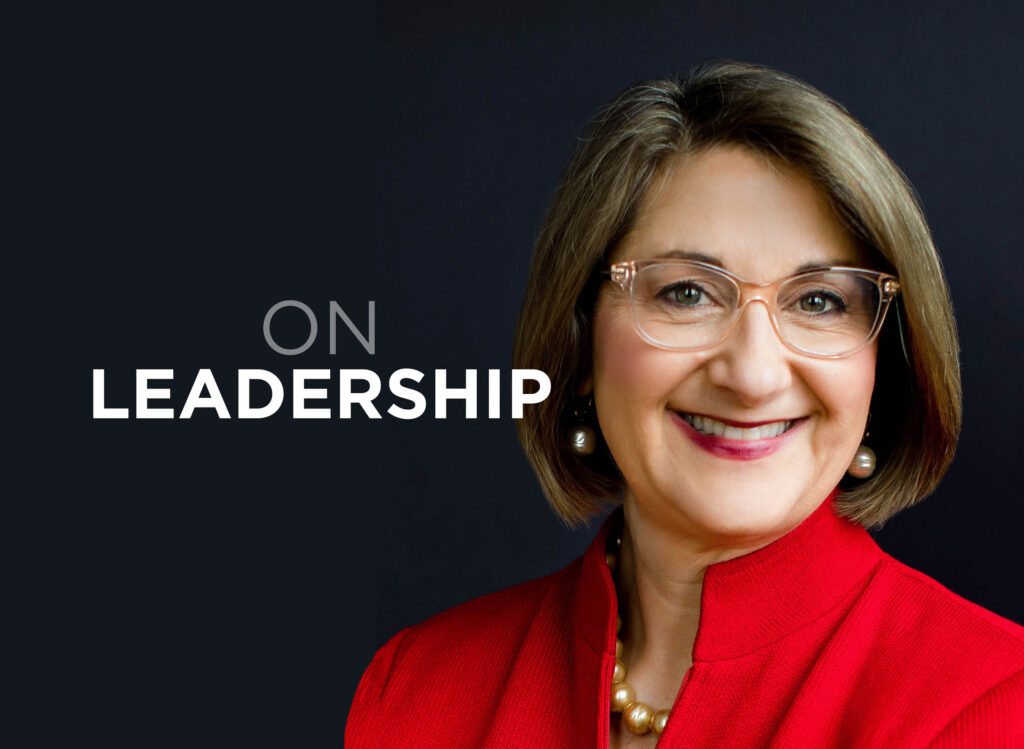The Elbert Files: Lincoln’s presidents

“Lincoln on the Verge: Thirteen Days to Washington” by Ted Widmer is one of the more interesting Lincoln books to appear in recent years.
Published in April, it covers the 13 days (Feb. 11-24) in 1861 that Abraham Lincoln spent traveling from his home in Springfield, Ill., to Washington, D.C., where he was sworn in as our 16th president on March 4.
The trip covered 1,904 miles on 18 different railroads through eight states. Along the way Lincoln gave 101 speeches and was seen by millions, according to Widmer.
The journey was fraught with assassination threats, although cheering crowds and overly enthusiastic supporters were also a danger. Twice Lincoln’s party received friendly fire from poorly positioned cannon salutes that damaged rail cars; often his protectors’ biggest concern was the crush of people wanting to see and touch him.
The threats came full circle four years later when Lincoln was assassinated and his body returned to Illinois on a mournful journey again witnessed by millions, including a 6-year-old Theodore Roosevelt and Winston Churchill’s mother, Jennie Jerome, age 11.
It was a much different story in 1861 when Lincoln’s route to Washington crossed paths with a dozen fellow presidents, six who had preceded him and six who would follow him.
Among them was President No. 9 William Henry Harrison, the first chief executive to die in office in 1841. Harrison’s family gathered at his tomb outside North Bend, Ohio, when Lincoln’s train passed.
Another was James Garfield, President No. 20, who would also be assassinated, in 1881. Garfield was 29 years old when he attended a reception for Lincoln in Columbus.
Garfield wrote his wife that despite Lincoln’s “awkward homeliness, there is a look of transparent, genuine goodness which at once reaches your heart and makes you trust and love him.” To a friend, he added that Lincoln’s Western sense and “condensed style of expression” were exactly what was needed to counteract President James Buchanan’s “weakness and cowardly imbecility.”
President No. 25 William McKinley, a victim of an assassination in 1901, was 18 and living in Cleveland when Lincoln’s train arrived on Feb. 15.
Three other Ohio-born presidents were also on the route.
No. 19 Rutherford Hayes and No. 23 Benjamin Harrison were rising Republican stars who met Lincoln in Indianapolis. Hayes reported being amused by Lincoln’s “awkward look when he bows. … His chin rises – his body breaks in two at the hips [with] a bend of the knees at a queer angle.”
In Cincinnati, Widmer wrote that it was “reasonable to assume” 3-year-old William Howard Taft, son of a railroad official and the future President No. 27, saw Lincoln’s parade.
On Feb. 19, Lincoln’s train passed the Kinderhook, N.Y., home of President No. 8 Martin Van Buren. There was “no evidence” Van Buren attempted to see Lincoln, although Widmer told how a young Lincoln had the older man “convulsed in laughter” when they met in 1842, a year after Van Buren left office.
In New York City, Lincoln stayed at the Astor House in rooms once occupied by Presidents No. 12 Zachery Taylor and No. 14 Franklin Pierce.
Lincoln also had occasion to see three “accidental presidents.”
He attended church in Buffalo, N.Y., with President No. 13 Millard Fillmore, who in 1850 succeeded Taylor when he died in office, reportedly a victim of bad fruit, raw milk and/or poor sanitation.
Garfield’s successor, Chester A. Arthur, President No. 21, was also on the route in New York and “presumably attended a reception” in Albany given by Gov. Edwin Morgan.
Finally, President No. 10 John Tyler, a Southerner, pleaded the case for secession the day Lincoln arrived in Washington.
“I cannot agree to that,” Lincoln told Tyler. “My course is as plain as a turnpike road.”






